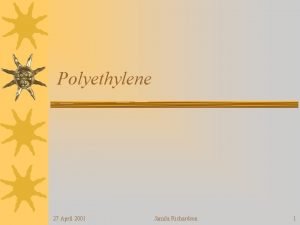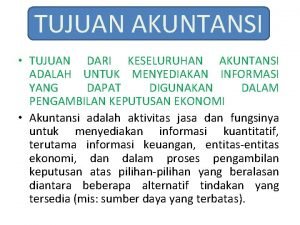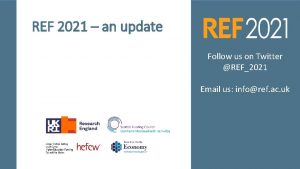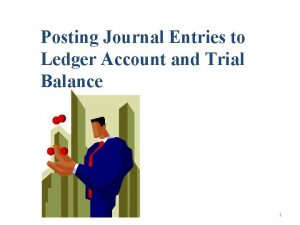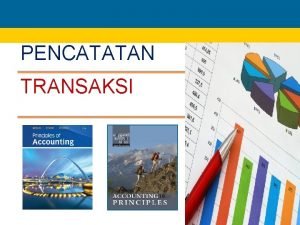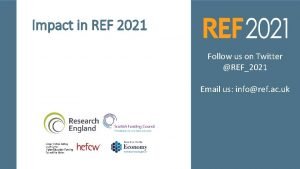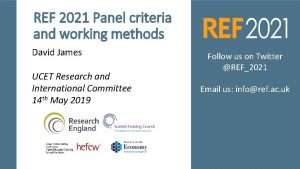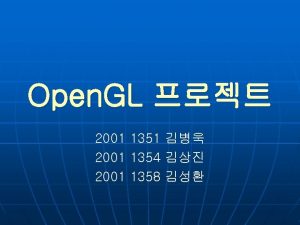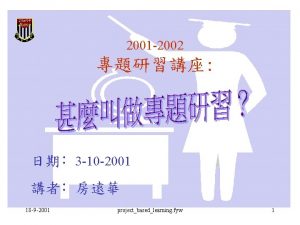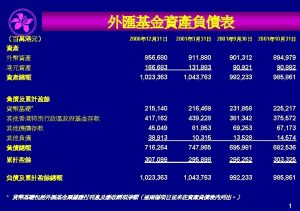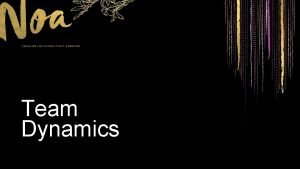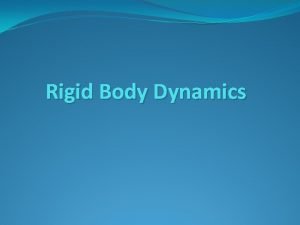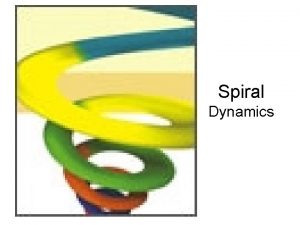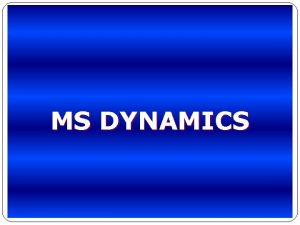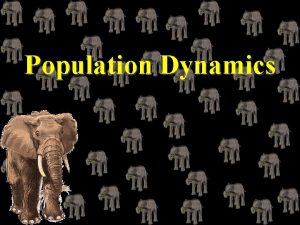Information Dynamics REF April 19 2001 REF Characteristics










- Slides: 10

Information Dynamics REF April 19, 2001

REF Characteristics • Challenging – Framework for agent-based systems emphasizing: • Time-sensitive information value • Non-uniform information access • Coordinated behavior • Relevant – A test-bed environment with clear association to problems of interest to the Do. D • Tractable – Readily available information sources and related infrastructure

Framework Components • • • Networked Environment – World (e. g. , Web) Actors – (mobile) Agents Actions - What agents do Information - Perceived reality Information Value - how they choose actions Utility function - why they choose actions

Problem • Application Domain: Intelligence gathering & analysis from the Web – Collection, correlation, extraction – Confidence, reliability assessment – Time sensitivity • Scientific Domain: Interaction theory for agent-based systems – Structural relationships – Interaction models – Emergent behavior • Anticipated Outcome: Sound principles for developing scalable agentbased systems – Agent interactions at multiple scales – Improved group performance of agents

Driving Needs • Warning generation – Crisis intervention – Terrorist activities – Unusual movement • Situation monitoring – Watch-desk support – Persistent queries – Anomaly detection

Driving Questions • The newspaper reporter questions – – – Who What Where When Why • Where and when to look for information • What sources to trust

REF Partitions • Agent Design – Collaborative search with multiple agents (Brown) – Temporal extensions and commitments (Michigan) – Belief, reputation, and trust establishment (Texas) • Behavioral Analysis – – Observations of agent interaction (SFI) Explanatory and predictive models (ASU) Emergent behaviors (UNM) Analysis tools for extracting structure (Massachusetts) • Instrumented Infrastructure – Test collections and measurement software (Veridian) – Information Dynamics framework (Maryland)

REF Approach • Conduct precise evaluation through exploration and evaluation in synthetic environment (e. g. , artificial or extracted portion of Web) – Controlled environment provides “ground truth” • Empirically identify real world influences on (actual) Web – Domain dependencies may have skewed experimental results – Precision and recall achievable in bounded collection may not scale to actual Web • Enable rapid iteration between experimental environment and real world application

REF Team Collaboration • Email list & archive • Periodic collaboration – Telephone, teleconference – Netmeeting, Groove, Jiffy, … • Selective face-to-face meetings, as required

Next Steps • • Application domain definition Corpus identification Infrastructure specification Instrumentation requirements Functional decomposition Interfaces discussion Minimal implementation constraints

